Door alarm sensors, also called door magnetic sensors, are one of the essential security items every homeowner must have to ensure they have protected the interior of their homes adequately. These compact devices are intended to sense opening of doors and windows as well as their closing so as to enhance security in case of intruders. In this comprehensive guide, you will learn about door alarm sensors and their usefulness, functions, and the factors you should focus on if you are planning to buy one.
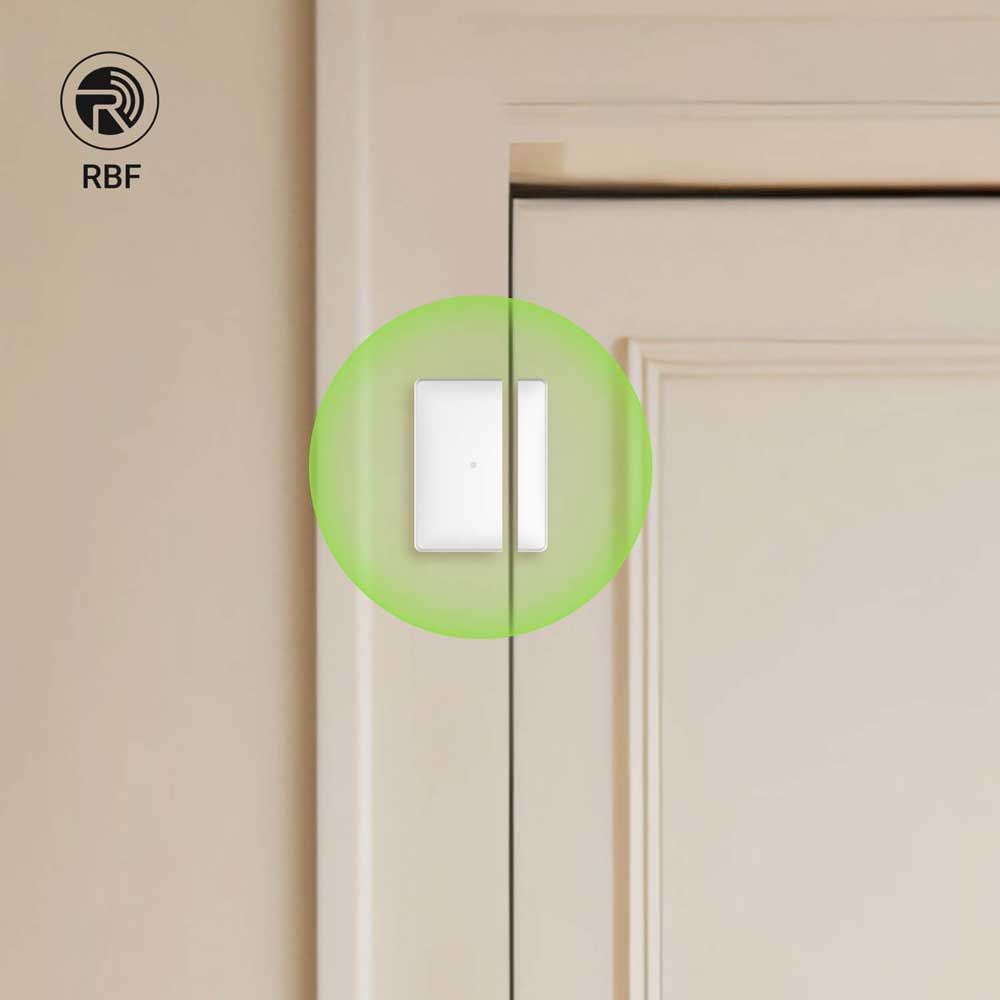
What is A Door Alarm Sensor?
Door alarm sensors are a crucial part of a home security system. It can also be used on windows. Without door and window alarm sensors, a home security system is vulnerable to intrusions that might go unnoticed, especially if a door is left ajar accidentally. The primary purpose of the door alarm sensor is to track door and window status and to notify you or your security provider if the doors or windows are opened.
These sensors consist of two main parts: a magnet and a sensitive plenty of body. The magnet is fixed on the moving part of the door or window and the body of the sensor is fixed on the corresponding frame. When the door or window is closed thus the magnet and the sensor body are together hence completing the circuits. Conversely, when the door or window is opened there is a physical separation of the magnet and the sensor body which interrupts the circuit hence an alarm or a notification within the security system.
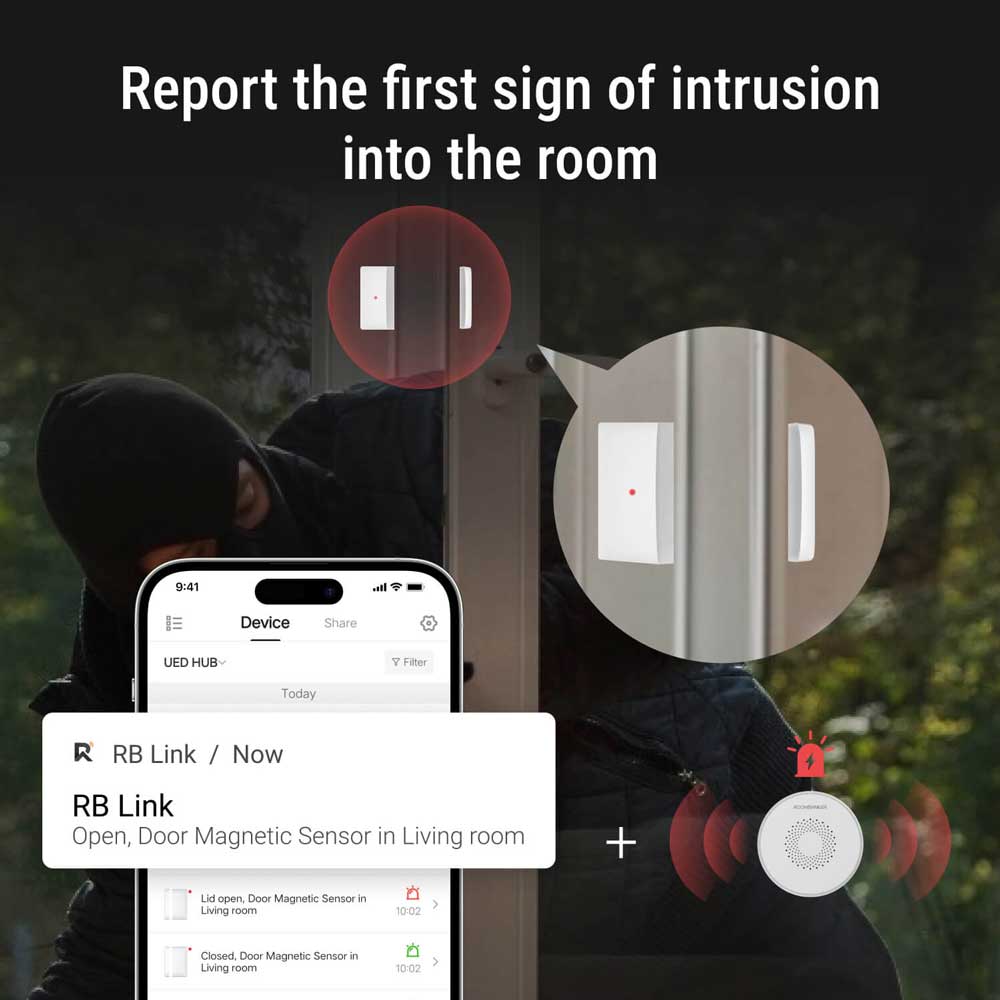
Structure of Door Alarm Sensors
The door alarm sensors are engineered to be simple and elegant to provide maximum effectiveness. The two main components are:
Magnet: The magnet is a discreet element that is seamlessly integrated with your home décor and remaining unnoticed by potential intruders. It is secured in a manner that will hold it in place to be in contact with the sensor body every time the door or window is shut.
Sensor body: The sensor body is the main unit that contains all the electronic that can determine if the magnet exists or not. It is usually installed on the door frame or the window frame, and this will make it remain at a fixed angle to the magnet.
In this state, with the door or window closed, the magnet and the body of the sensor are positioned near one another thus making a complete circuit. On the other hand, upon opening the door or window the magnet and the sensor body come apart, interrupting the circuit and thus generating an alarm or notification is sounded.

How to Use Door Alarm Sensors?
Installing and using door alarm sensors is a straightforward process that can be broken down into the following steps:
- Connect to the control hub and system: First, activate the door alarm sensor by removing the insulation sheet and following the instructions provided in the user manual to establish a connection with the home security system control hub or panel.
- Configuration: Reach the actual control panel of your installed security system and set the alarm initiation parameters or the related smart linkage parameters of the door alarm sensor.
- Install the sensor body: Mount the body of the sensor steadily on a particular area of the door or window opening, invariably with adhesives such as double-sided tapes or by if it is to be installed permanently, screws.
- Install the magnet: Place the magnet where is appropriate on the door or window where the sensor part is to be installed; make sure that the relative gap between the magnet and the sensor body when the door or window is closed is not beyond the limited distance, usually about 10mm.
- Use It Now: The door alarm sensor is designed in such a way that once installed and set properly, it shall then work as expected. The sensor body is connected to the magnet and when the door or the window is opened the two are pulled far apart and set off the event or the alarm within the security system.
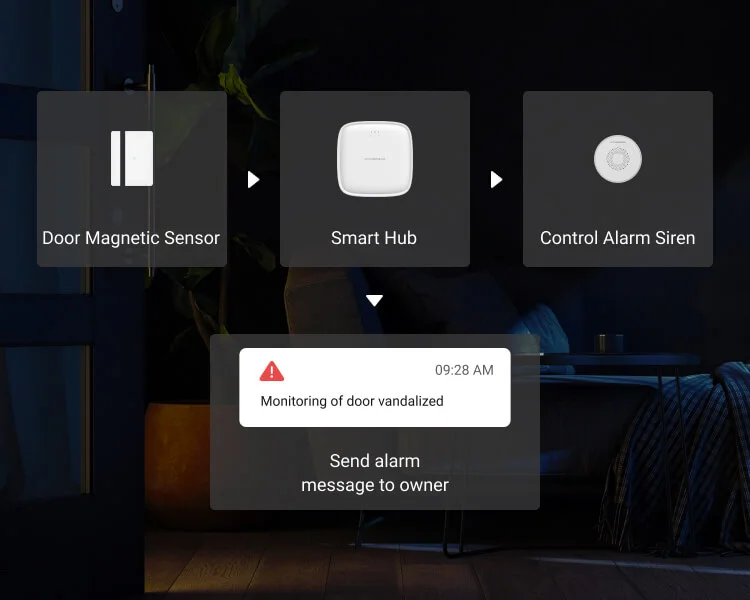
Working Principle of Door Alarm Sensors
Working principle of door alarm sensors is primarily based on the Magnetic switch also known as Reed switch. The simple but efficient harmonic oscillator is made of two magnetic metals called ferromagnetic metal reeds that form switches and are covered with glass or plastic.
In its normal state when the door or window is shut the magnet is near the sensor body bringing the reed switch together and making this circuit complete. This closed circle informs that the opening, mainly door or window, is locked.
However, as soon as the door or window is opened the magnet goes out of range and thus pushes itself from the sensor body which makes the reed switch open and thus breaks the circuit. The above change in the state of the circuit is perceived by the sensor, and thus informs the control system, thereby initiating the appropriate alarm or message.

Benefits of Using Door Alarm Sensors
Incorporating door alarm sensors into your home security system offers a multitude of benefits, including
- Improved security: Continuous observation of the door and window status is also helpful in identifying other unusual conditions and discourages intruders, thereby improving the level of security of your property.
- Convenient management: Most of the modern security systems include features that would allow them to be monitored and controlled through a mobile application or via a web interface, which makes it possible to be monitored and controlled from remote locations.
- Energy savings and environmental protection: Door alarm sensors when connected to smart home systems can also shut off fans, refrigerators or any electricity using equipment depending on the position of the door or window thus making you a green activist.
- Easy installation: Door alarm sensors are known to be usually wireless and thus require minimal setting up and these usually take a short time even if you are not a professional in this field.
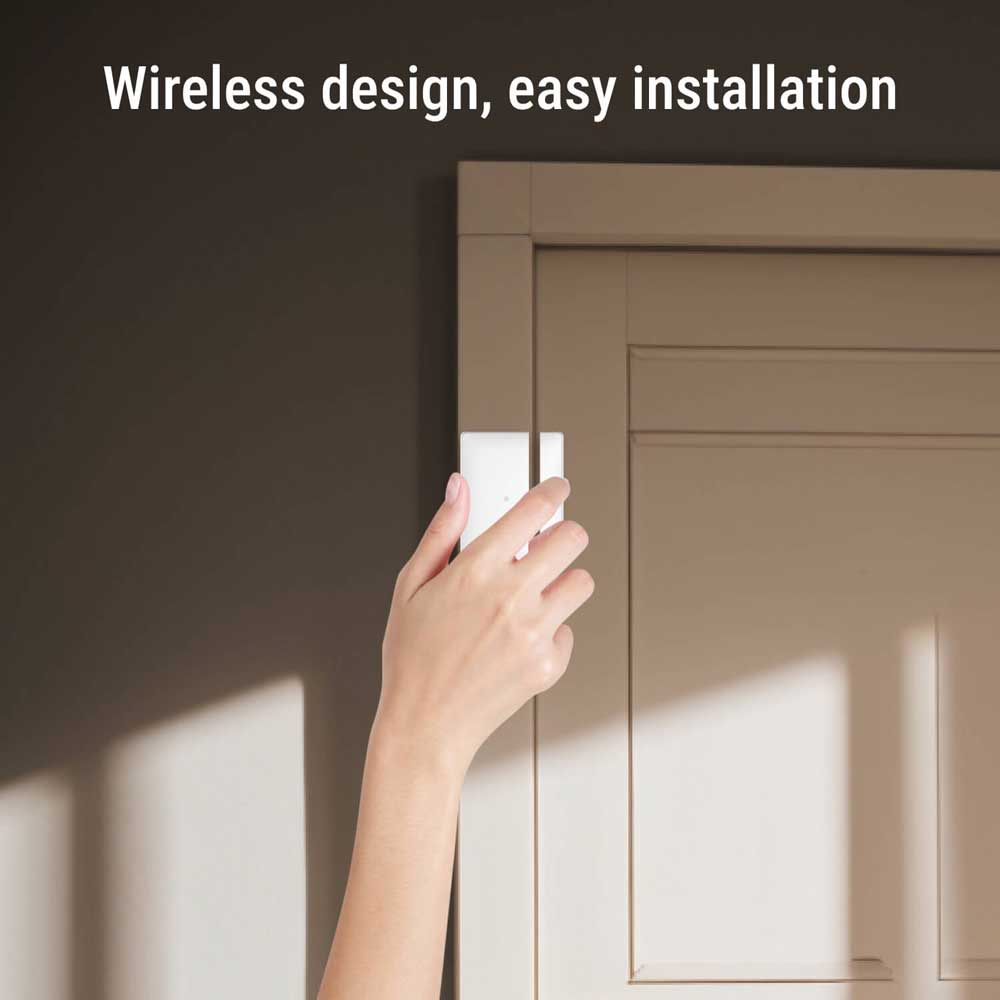
What is the Best Door Alarm Sensor?
When shopping for door alarm sensors, it’s essential to consider the following features to ensure you choose the best option for your needs:
- High sensitivity: A preferred door alarm sensor ought to be capable of sensitively sensing the opening and closing of doors and windows, or rather, any movement within it with minimal false alarms.
- Strong stability: In addition, there is the issue of reliability: the sensor should function properly regardless of environmental factors specific to certain locations, including temperature, moisture levels, electromagnetic fields, etc.
- Good durability: Components of door alarm sensors should be made from sturdy material that will not corrode or develop defects over time thus providing the best usage span free from frequent service.
- Strong compatibility: Ensure to go for a sensor that can be interfaced with a variety of smart homes and security systems so that in future, it will not be a problem to integrate it with the system since you will only require to replace the system.
- Safety and reliability: Some of the sophisticated components of door alarm sensors include the anti disassembly/ destruction mechanism which means that would be intruders cannot just dismantle or destroy the sensors.
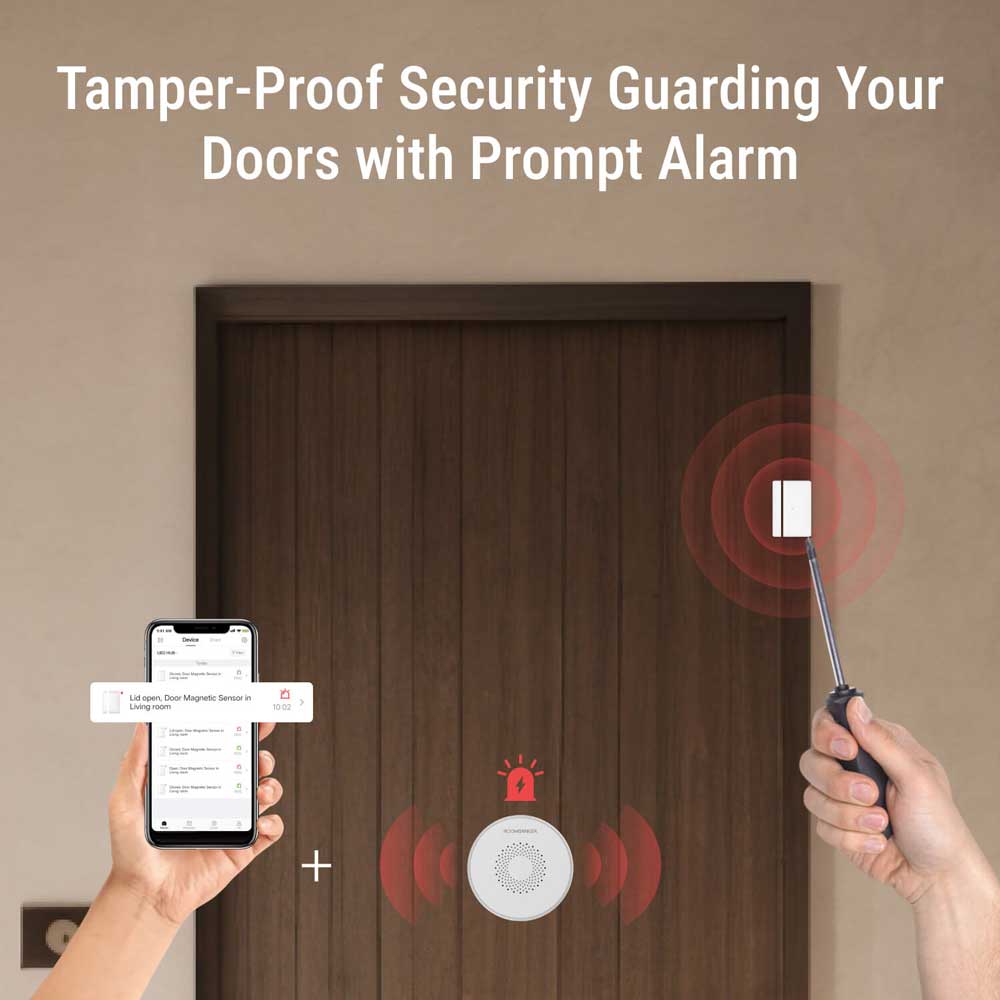
Similarities and Differences Between Different Brands of Door Alarm Sensors
While door alarm sensors share similar core functions, there are notable similarities and differences among different brands:
Similarities
- Basic functionality: Still, regardless of the brand, all anti-blocking sensors of door alarms serve as an indicator of the opening and closing of doors and windows, thus performing the primary functions of protection against break-ins.
- Simple installation: General looks and features of most sensors utilized in door alarms are almost alike in terms of installation , thus making the job easier for users of the door alarms irrespective of the manufacturers.
- Compatibility with smart systems: There are many credible intrusion alarm manufacturers who support connectivity with other popular smart home and security platforms so that people get reliable compatibility here.
Differences
- Design style: There may be a variety of approaches to the process: one brand may improve its items’ look and become more flashy, while another strives to enhance ergonomics and strong appeal.
- Technological advancements: There is still some variation from brand to brand with the potential for some brands to have more sophisticated technology, which would in turn provide the ability to have higher sensitivity, less false alarms, and better overall performance.
- Additional features: Then there may be some brands with basic features but at a lower prices while some like Roombanker’s may have extra features like anti-tamper alarms, low battery reminders or advanced compatibility with other smart devices.
- Price variation: The costs of door alarm sensors are diverse, starting with options at the lower end of the price scale typical for economical brands, up to high-end models that may include all available features depending on brand positioning and product quality.
What to Consider When Buying Door Alarm Sensors?
When shopping for door alarm sensors, it’s crucial to consider the following factors to ensure you make an informed decision:
Use environment: In addition, when choosing sensors, evaluate the place where it will be installed and conditions, for example, indoors or outside, then you can determine whether added characteristics, such as water or dust resistance, are needed.
Compatibility: Make certain that you look for a door alarm sensor that works well with your smart home or security system because if you do not do this you may end up with some compatibility problems.
Sensitivity: This one should be selected to have a high sensitivity to prevent the false alarms when detecting of door and window opening and closing.
Brand reputation: Instead go through the internet and choose a brand that is popular that has a record of making good products and has a robust after-sale service system.
Price budget: Set budgets and define the most affordable model that will meet your stated needs as well as possible without necessary frills and high price.
Ease of installation: With choices like these it may pay to consider the door alarm sensors with simple installation procedures and hence hopefully no installation costs.
Additional features: Evaluate your personal requirements and decide is there any extra that you need such as tamper alarms, remote monitoring compatibility and other smart devices.
Battery life: When it comes to wireless door alarm sensors, the battery durability is an essential aspect that must be taken into consideration. Choose the devices which are compatible with batteries that have a long duration of functioning, this will keep the cost of time and money spent on changing batteries low.
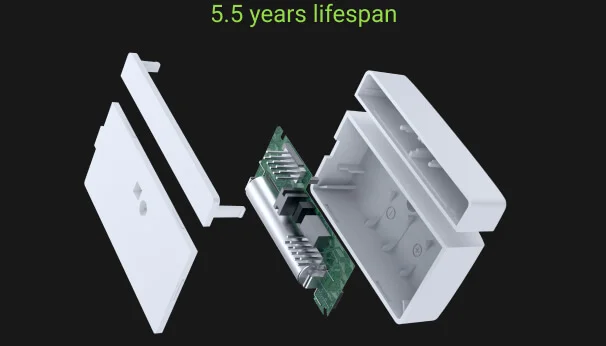
Be a Roombanker Distributor to Deliver Quality Door Alarm Sensors to Every Household
You can join this team and contribute to improving home security by providing quality door alarm sensors by becoming a Roombanker distributor. Having a wide range of products that include efficient and high technologies and quality control requirements; Roombanker guarantee the efficiency and long-life cycle of its products. In turn, working with us you receive competitive prices, a wide range of training classes, and experience of cooperating with a reputable distributor that cares about the client’s satisfaction.
